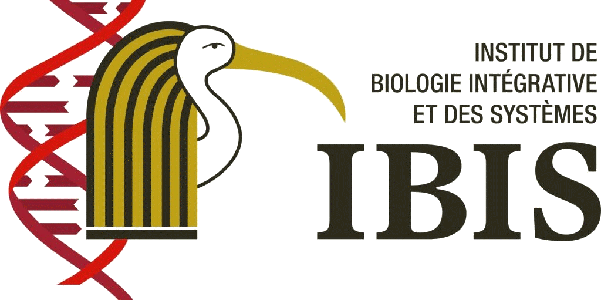FRANÇOIS OLIVIER HÉBERT
BIOLOGIST

Undergraduate thesis
MHCII-ß diversity in lake whitefish



Genes from the Major Histocompatibility Complex (MHC), which are involved in various biological functions such as immunodetection, are among the most diversifed genes in vertebrates. MHC represents an ideal model to study adaptive radiation and the process of ecological speciation given the fact that it allows a given organism to detect and fith back pathogens in a species-specific manner, depending on the type of environment and habitat parameters it is exposed to. In this study, exon II of MHC-beta II was sequenced in pairs of sympatric populations of Coregonus clupeaformis in the process of speciation. The objectives of this project were to document i) the underlying gene architecture in all populations, ii) the role of natural selection in shaping patterns of allelic variation that were observed and iii) its possible role in adaptive divergence. Results showed for the first time in any salmonid species the existence of more than one MHC class II locus. The number of loci per haplotype greatly varied between individuals even when found in the same population. Positive slection seems to impose important selection pressures on the Protein Binding Region (PBR) of the protein. These results demonstrate that MHC in C. clupeaformis is a highly polymorphic gene and is present in at least 2 copies in this species. However, our results cannot bring us to conclude that MHC is directly involved in the process of adaptive divergence of lake whitefish species pairs.